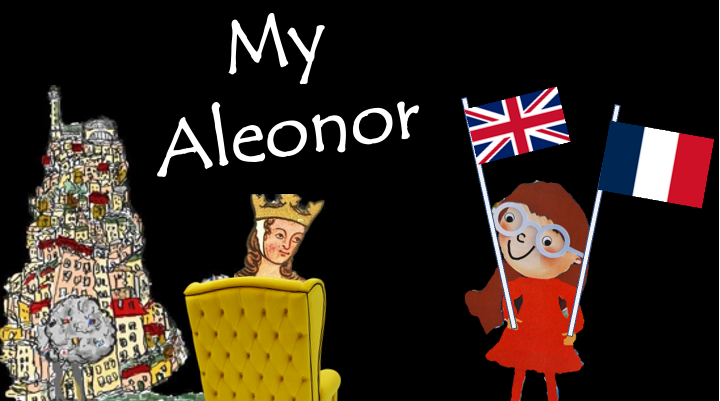1199 Richard I meurt à Chalus

Le château de Châlus-Chabrol (occitan limousin Chasteu de Chasluç–Chabròl), à Châlus en Haute-Vienne (XIe et XVIIe siècles), est construit sur la rive droite de la Tardoire, sur un promontoire rocheux dominant le bourg de Châlus. Il est connu pour son siège de 1199 mené par Mercadier, au cours duquel Richard Cœur de Lion est mortellement blessé par un carreau d’arbalète décoché par Pierre Basile.
Plus récent d’un siècle, le château de Châlus-Maulmont, construit par Géraud de Maulmont, lui fait face.
À partir du Haut Moyen Âge, les Monts de Châlus deviennent une marche frontière entre les domaines des comtes du Périgord et ceux des vicomtes de Limoges, puis entre le duché d’Aquitaine (tenu par les Plantagenêt, héritiers de la couronne d’Angleterre) et le royaume de France.
En construisant Châlus-Chabrol, l’objectif des seigneurs de Limoges (vicomtes et évêques selon une tradition rapportée par les frères de Sainte-Marthe, Ithier Chabot (ou Chalas) de Fraissenjas, élu évêque de Limoges le 4 janvier 10521) est de contrôler l’itinéraire de Limoges vers le Périgord. Ils détournent par Châlus la voie qui menait de Bourges à Bordeaux et passait alors par Lastours2 afin, justement, d’éviter les terres des puissants seigneurs de Lastours pour rejoindre leurs possessions en Dordogne, dont le château de Hautefort.
La création par les Augustins de Limoges de l’abbaye de l’Abeille, à proximité du château, alliée à la fréquentation du nouvel itinéraire Limoges-Périgueuxvia Châlus et Aixe (qui reprenait en grande partie un itinéraire antique3), entraînent le développement d’un bourg castral (la Villehaute) et de foires importantes.
Châlus-Chabrol, est une étape incontournable sur la route de Richard Cœur-de-Lion puisque c’est justement à Châlus que le duc d’Aquitaine et roi d’Angleterre a trouvé la mort en 1199
Châlus-Chabrol is one of the principal castles of the territory of the Monts de Châlus, and certainly the most symbolic. It is situated on the left bank of the Tardoire and the town of Châlus developed around it. It stands on a rocky outcrop that overlooks three very ancient trade routes.
The first castle was constructed in the 11th century by the Chabrols, a family of local lords. The castle became the centre of a castellany (the lordship of a castle and its territory) within the Viscounty of Limoges. The original castle building enclosed the houses of about ten minor knights. At this time, the castles in Limousin were often fortified collections of houses belonging to various families of knight and lords. These castles were often run as co-lordships.
The castle of Châlus-Chabrol experienced a number of sieges, including that of 1199, which brought Richard the Lionheart to Limousin to fight against the viscounts of Limoges. His army laid siege to the castle and it was while inspecting the siege works that the king was hit by a crossbow bolt, probably fired by a Limousin knight called Pierre Basile. The king died of his wound.
In this period, the castle would have been very different from today, when there remain very few traces of the castle of the 11th and 12th centuries. Among these can be seen the remains of the church of Notre Dame, annexed to the Parish of Pageas since the 11th century. A number of towers and other buildings would also have existed, but they have now disappeared. The arrow that killed Richard the Lionheart was fired from one of these buildings.
The present remains, including the tall round tower, date back to the 13th century when the castle had been rebuilt according to the latest innovations in design. The round tower in the centre can be dated to the beginning of the 13th century, that is, just after Richard’s death. Later, in 1265, the castle experienced another siege, led by Bozon de Bourdeilles against Adémar de Maulmont who held it in the name of the viscount of Limoges. Adémar was killed during the taking of the castle. After receiving compensation for the murder of his brother and the rights to the lordship of Châlus, Géraud de Maulmont became proprietor of the castle.
